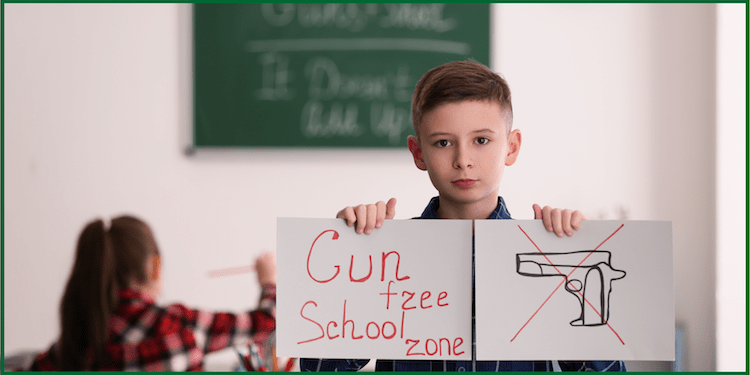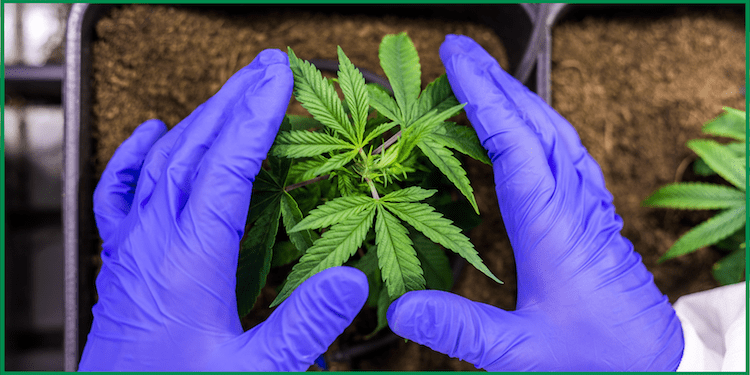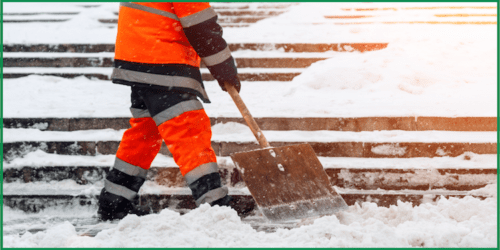Lack of safety strategy has caused school shootings to become an unfortunate common occurrence in many countries, causing fear and concern among students, parents, and educators alike.
These tragic events highlight the importance of implementing effective safety measures to protect students and prevent such incidents.
In this post, we’ll delve into the phenomenon of school shootings, examine the factors contributing to them, and discuss practical safety precautions that we can take to enhance security in educational environments.
Understanding School Shootings:
- Definition and Frequency: School shootings refer to acts of violence carried out within educational institutions, resulting in injury or death to students, teachers, or staff. While they remain relatively rare, even one incident is one too many.
- Causes and Contributing Factors: Various factors may contribute to the occurrence of shootings, including mental health issues, access to firearms, social alienation, bullying, and exposure to violence in media. Understanding these factors can help in devising preventative measures.
- Impact: The repercussions of school shootings extend far beyond the immediate victims, affecting entire communities and leaving lasting psychological scars on survivors.
Safety Precautions to Take:
1) Implementing Comprehensive Safety Protocols:
- Develop and regularly update emergency response plans, including procedures for lockdowns and evacuation.
- Conduct regular safety drills to ensure pupils and school staff are well prepared to respond effectively in an emergency.
- Install security measures such as surveillance cameras, metal detectors, and controlled access points to monitor and control entry to the school premises.
2) Promoting Mental Health and Well-being:
- Provide access to mental health resources for students who may be struggling with psychological and emotional issues.
- Foster an inclusive and supportive school culture where students feel comfortable seeking help and reporting concerns about their peers.
3) Enhancing Communication and Reporting Systems:
- Encourage open communication between students, parents, teachers, and administrators to facilitate the reporting of suspicious behavior or threats.
- Establish anonymous reporting mechanisms, such as tip lines or online platforms, to allow individuals to report concerns without fear of retaliation.
4) Collaborating with Law Enforcement and Community Partners:
- Forge partnerships with local law enforcement agencies to coordinate emergency response efforts and share information about potential threats.
- Engage with community organizations and stakeholders to raise awareness about school safety issues and promote collaboration in implementing preventative measures.
5) Educating and Empowering Students:
- Provide students with age-appropriate education about conflict resolution, empathy, and the responsible use of social media to prevent the escalation of conflicts.
- Empower students to actively participate in maintaining a safe school environment by teaching them how to identify and respond to signs of potential violence.
Bottomline:
School shootings represent a severe threat to the safety and well-being of students, teachers, and communities.
With a deep understanding of the fundamental causes and the implementation of proactive safety measures, we can confidently work together to prevent these devastating events from ever occurring.
Schools, parents, law enforcement, and community members must collaborate in creating a culture of safety and vigilance to protect our schools and ensure that every student can learn and thrive in a secure environment.
Do you enjoy this reading? Kindly share with family, friends, and colleagues. Thanks! 🙂



